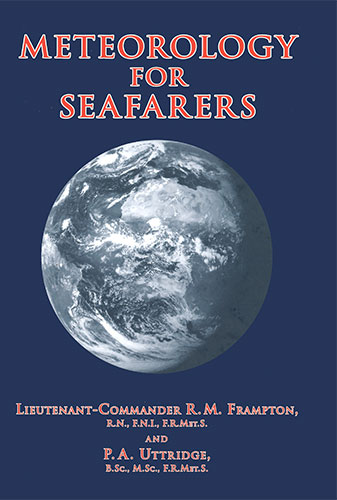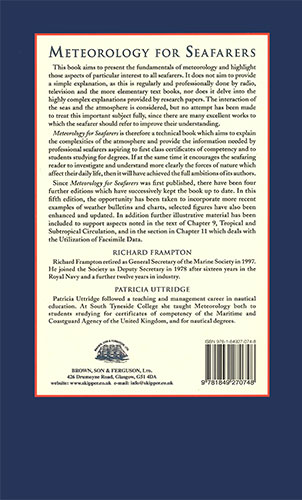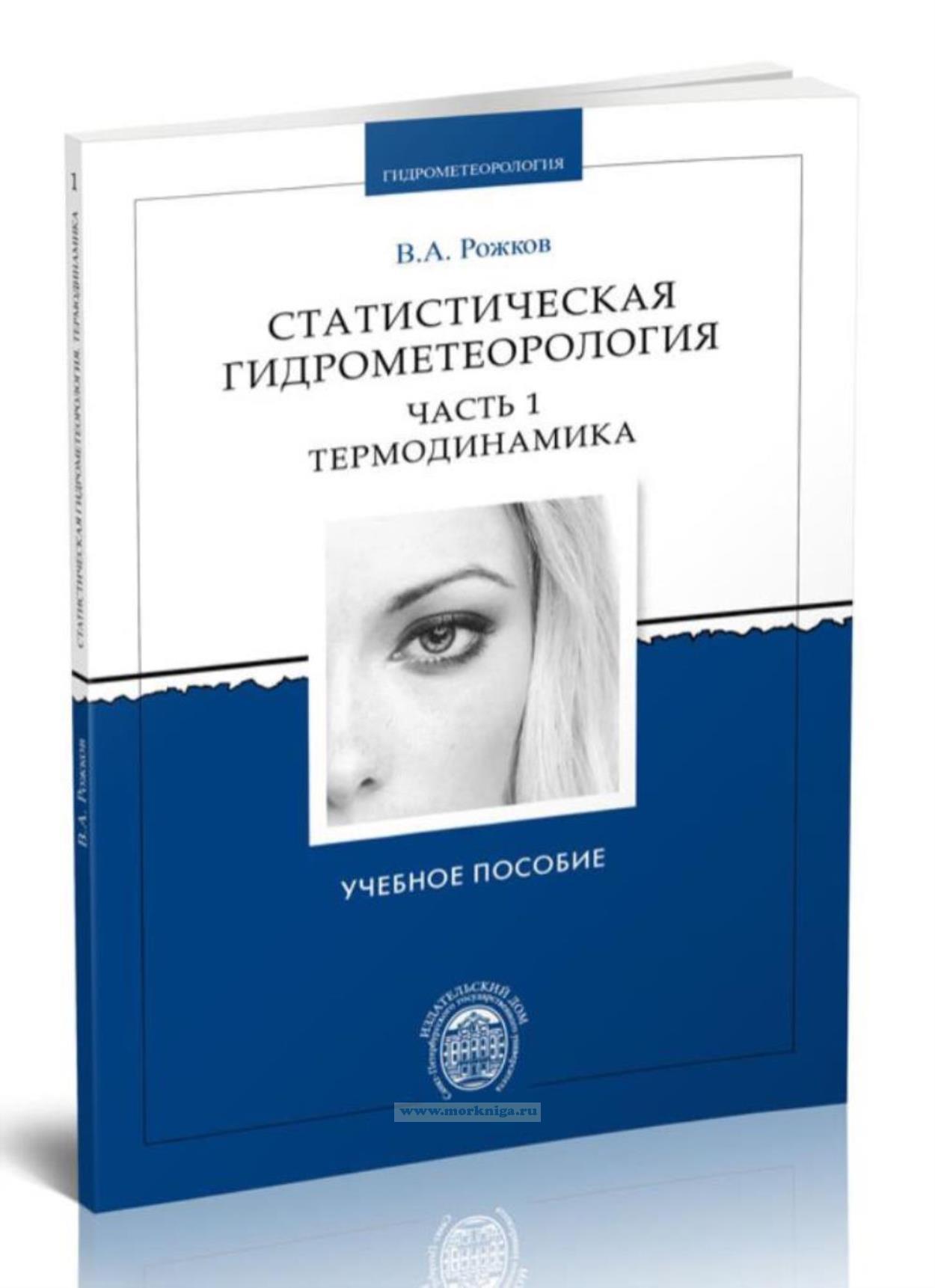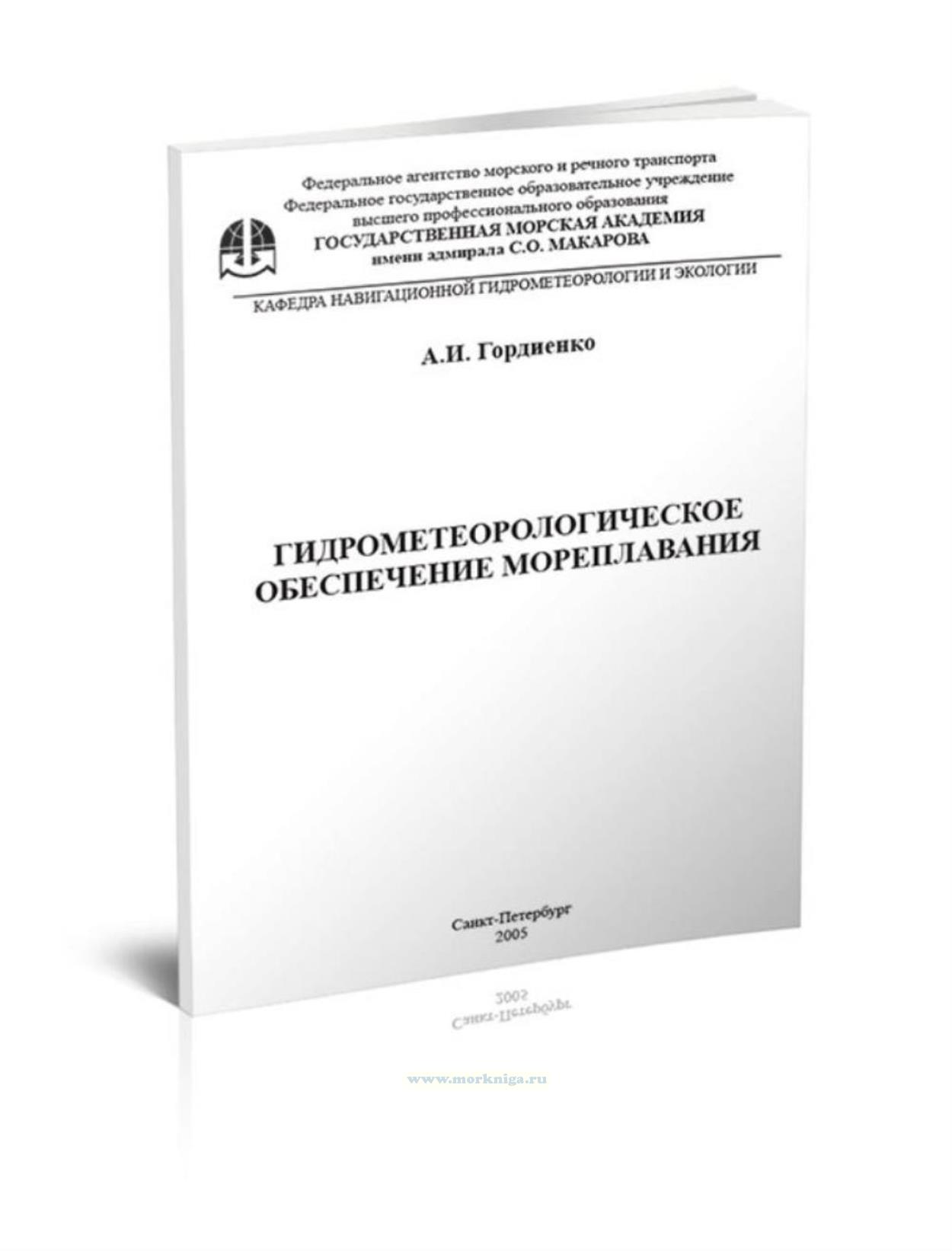Meteorology For Seafarers/Метеорология для моряков
Издание на английском языке
Commander С. R. Burgess, former Meteorological Officer in the UK Meteorological Office, Bracknell, and in the Royal Navy, completed Meteorology for Seamen in 1950 soon after he joined The Marine Society as its Secretary. His book was a standard work for some 30 years, combining the factual presentation of the subject with the then popular question and format. A further revision became necessary soon after his death in 1982. As many advances had been made in Meteorology and the presentation of textbooks so changed, it was decided to present a completely rewritten and revised text with the most up to date illustrations available, which culminated in the publication of the first edition of Meteorology for Seafarers, in 1988.
The text aims to present the fundamentals of Meteorology, and highlight those aspects which are of particular interest to all seafarers. In doing so, it does not aim to provide a simple explanation, as this is regularly and professionally done by the radio, television and more elementary textbooks, nor does it delve into the highly complex explanations presented by research papers. While the interaction of the seas and the atmosphere is considered, no attempt has been made to treat this aspect in detail, as there are many excellent works to which the seafarer can refer to improve his understanding.
Since Meteorology for Seafarers was first published, there have been four further editions which have successively kept the book up to date. In this edition, the fifth, opportunity has been taken to incorporate more recent examples of weather bulletins and charts, and selected figures have been modified. In addition further illustrative material has been included to support aspects noted in the text of Chapter 9 Tropical and Subtropical Circulation, and in the section in Chapter 11 on the Utilization of Facsimile Data.
Meteorology for Seafarers is therefore a technical book which aims to explain the complexities of the atmosphere, and to provide the information needed by professional seafarers studying for their First Class Certificates of Competency, and students for their degrees. If, at the same time, it encourages the reader to investigate and understand more clearly the forces of nature which affect his daily life, then Meteorology for Seafarers will have achieved the full ambitions of its authors.
Contents
Preface
Acknowledgements
List of illustrations and plates
List of tables
Chapter 1 The atmosphere
Introduction
Structure and Composition
Chapter 2 Atmospheric pressure
Introduction
Definition
Barometers
Isobars
Pressure Tendency
Barographs
Diurnal Variation and Range
Chapter 3 Temperature
Introduction
Observation
Solar and Terrestrial Radiation
Energy Transfer
Diurnal Variation and Range
Environmental Lapse Rate
Chapter 4 Water in the atmosphere
States of Water
Water Vapour
Relative Humidity
Dew-point Temperature
Condensation
Evaporation
Diurnal Variation of Relative Humidity
Hygrometers
Chapter 5 Clouds
Introduction
Cloud Types
Adiabatic Lapse Rate
Atmospheric Stability
Formation of Clouds
Chapter 6 Precipitation and fog
Forms of Precipitation
Development
Observation
Visibility
Fog
Haze
Chapter 7 Wind
Definition
Observation
Large Scale Air Flows
Sea and Land Breezes
Katabatic and Anabatic Winds
Colour plates Meteorological phenomena & sea states
A-Clouds and other meteorological phenomena, plates 1-29
В-Sea states and storm waves, plates 30-44
Chapter 8 Temperate and polar zone circulation
General Circulation of the Atmosphere
Frontal Depressions
Troughs of Low Pressure
Secondary Depressions
Anticyclones
Ridges of High Pressure
Cols
Air Masses
Chapter 9 Tropical and subtropical circulation
Introduction
Tropical Cyclones
Intertropical Convergence Zone
Trade Winds
Monsoons
Monsoon Type Weather
Chapter 10 Organization & operation of meteorological services
Introduction
The World Meteorological Organization
Land Observing Network
Sea Observing Network
Meteorological Data Transmission
Satellites
Global Telecommunications System
Data Analysis
Forecasting Techniques
Ship Routeing Services
Chapter 11 Forecasting sources
Single Observer Forecasting
Issued Meteorological Data
Facsimile Charts
Utilization of Facsimile Data
Climatic Data
Appendix 1 Typhoon faye and extreme storm waves
Appendix 2 World meteorological organization - global maritime distress & safety system - metareas
Appendix 3 Other sources of information
Index





 Предсказание погоды на море по местным признакам
Предсказание погоды на море по местным признакам  Статистическая гидрометеорология. Часть 1. Термодинамика
Статистическая гидрометеорология. Часть 1. Термодинамика  Гидрометеорологическое обеспечение мореплавания
Гидрометеорологическое обеспечение мореплавания